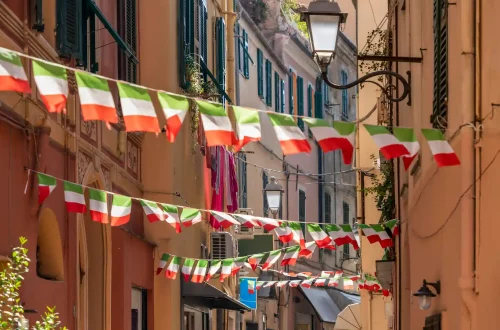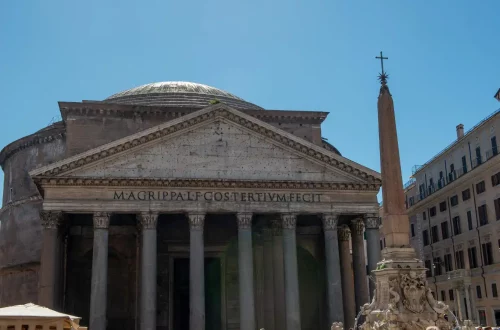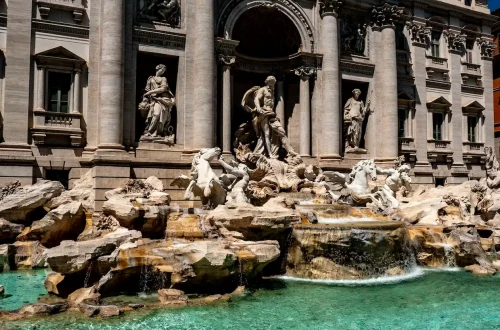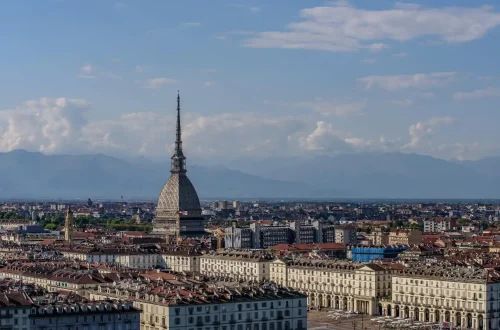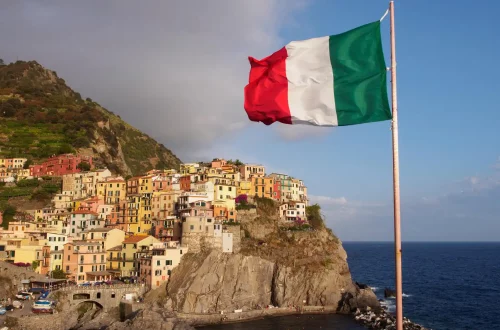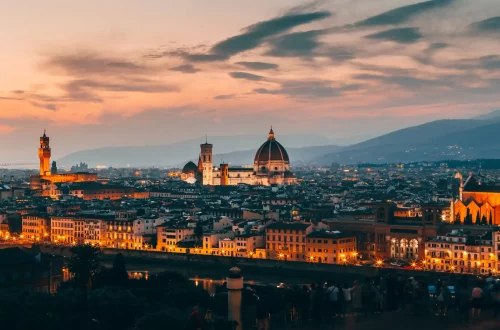Italy is a country steeped in cultural heritage, boasting stunning landscapes and a deep historical legacy. Divided into regions, provinces, municipalities, and metropolitan cities, each area offers a distinct lifestyle and unique experiences. In this exploration, we’ll uncover the best places to live in Italy, considering factors like culture, economy, and quality of life, helping you find the perfect location to call home.
Regional diversity and lifestyle in Italy
Italy’s regions differ economically, culturally, and geographically, shaping distinct ways of life. The north boasts industrial strength, while the south retains historical charm and rural beauty. All cost-of-living data for Italy in this topic was sourced from https://livingcost.org. Below are key regions and their defining characteristics:
Tuscany
Known for its rolling vineyards, historical cities (Florence, Siena), and Renaissance heritage, Tuscany offers a balance of tranquility and urban sophistication. Residents and visitors enjoy fine wine, artistic treasures, and a relaxed lifestyle, attracting those passionate about culture, history, and gastronomy.
Prices: The cost of living in Tuscany varies depending on household size. A single person spends approximately $1,419 per month, including rent, while a family of four requires around $3,461.
Excluding rent, monthly expenses are $708 for individuals and $2,238 for families, with rent and utilities costing $711 and $1,223, respectively. Food expenses amount to $503 for one person and $1,335 for a family, while transportation costs remain relatively low at $68.30 per person and $190 for a family.
The average monthly salary after tax is $1,661, supporting a population of 3.73 million residents in the region.
Lombardy (Milan, Lake Como)
Lombardy is Italy’s economic powerhouse, hosting Milan, the fashion capital, and the serene Lake Como, a retreat for professionals and investors. Milan offers thriving industries, innovation, and upscale living, making it ideal for those seeking career growth and urban vibrancy.
Costs: The cost of living in Lombardy is relatively high, with a single person spending around $1,745 per month, including rent, while a family of four requires $4,307. Excluding rent, individual expenses are $818 and $2,591 for families, with rent and utilities costing $927 and $1,716, respectively.
Food expenses total $540 per person and $1,431 for a family, while transportation costs are $126 per individual and $354 for a family. The average monthly salary after tax is $1,970, supporting a population of 10.1 million in the region.
Apulia (Ostuni, Alberobello)
Southern Italy’s hidden gem, Apulia, captivates with Mediterranean beaches, white-washed villages, and affordability. Lower living costs make it appealing for retirees and those searching for a peaceful seaside escape.
Costs: The cost of living in Apulia, Italy, is $1,202 per month for a single person and $2,896 for a family of four, making it 1.1 times cheaper than Italy’s average. Rent and utilities cost $572 per individual and $927 for a family, while food expenses are $443 per person and $1,185 for a household.
Transportation remains affordable, at $64.20 for individuals and $183 for families. With an average post-tax salary of $1,514, residents can cover 1.3 months of expenses. Apulia ranks 15th in cost but is considered the 13th best region to live in Italy, offering a balance of affordability and quality of life for its 4.03 million residents.
Sicily (Taormina, Palermo)
With warm climates, ancient history, and tax benefits for retirees, Sicily combines old-world charm and affordability. However, rural areas face infrastructure challenges, prompting considerations for modern conveniences.
Costs: Sicily offers an affordable cost of living at $1,109 per month for a single person and $2,732 for a family of four, making it 1.2 times cheaper than Italy’s average. Rent and utilities are $496 for individuals and $855 for families, while food expenses total $415 per person and $1,100 for a family.
Transportation costs are $77.90 per individual and $216 for families. The average post-tax salary is $1,479, covering 1.3 months of expenses. Sicily ranks 18th in cost but is the 12th best region to live in Italy, offering a balance of affordability and quality of life for its 4.98 million residents.
Emilia-Romagna (Bologna)
A university hub and culinary paradise, Bologna stands out for its academic atmosphere and world-renowned cuisine. Known as the capital of mortadella and tortellini, the region thrives on tradition and modern education, attracting students, professionals, and food lovers alike.
Costs: Emilia-Romagna has a moderate cost of living, with monthly expenses for a single person at $1,410 and $3,450 for a family of four, making it 1.06 times higher than Italy’s average. Rent and utilities cost $702 for individuals and $1,203 for families, while food expenses amount to $499 per person and $1,322 for a household.
Transportation remains affordable, at $65.70 for individuals and $184 for families. The average post-tax salary is $1,721, covering 1.2 months of expenses. Ranked as Italy’s 8th most expensive region and 7th best place to live, Emilia-Romagna offers a balance between economic opportunity and quality of life for its 4.46 million residents.
How citizenship influences regional integration
Italian citizenship enables residents to explore, settle, and invest across Italy’s best regions without restrictions. Here’s how it enhances one’s experience in Italy:
Employment and business opportunities
Northern Italy, particularly Milan and Turin, offers strong economic prospects, with industries spanning finance, fashion, and technology. Citizenship provides unrestricted access to work opportunities, removing bureaucratic limitations on employment and entrepreneurship.
Public services and infrastructure
Italian Citizens and residents benefit from Italy’s healthcare system, education, and social services, which vary in quality between regions. While northern regions boast modern infrastructure, southern regions are gradually improving, making citizenship essential for ensuring access to national programs.
Cultural identity and heritage
Italy’s history is rooted in regional traditions, shaping identities that vary from Venetian maritime influences to Sicilian Moorish legacies. Citizenship allows individuals to freely participate in cultural festivities, educational programs, and historical preservation efforts across the country.
Tax benefits and retirement options
Certain regions, like Sicily, provide tax incentives for retirees, including a 7% flat tax rate. Holding Italian citizenship simplifies financial management and eligibility for these benefits, making retirement more convenient for foreign nationals settling in Italy.
Italian citizenship: a gateway to opportunities
Italy’s regional diversity and deep historical influences have shaped its identity, economy, and way of life. While economic gaps exist between north and south, citizenship provides individuals with the freedom to work, invest, and embrace Italy’s rich cultural heritage.
From the business-driven cities of Milan and Bologna to the sun-drenched landscapes of Sicily and Apulia, Italy offers countless opportunities to those eager to fully immerse themselves in its vibrant and evolving society.
